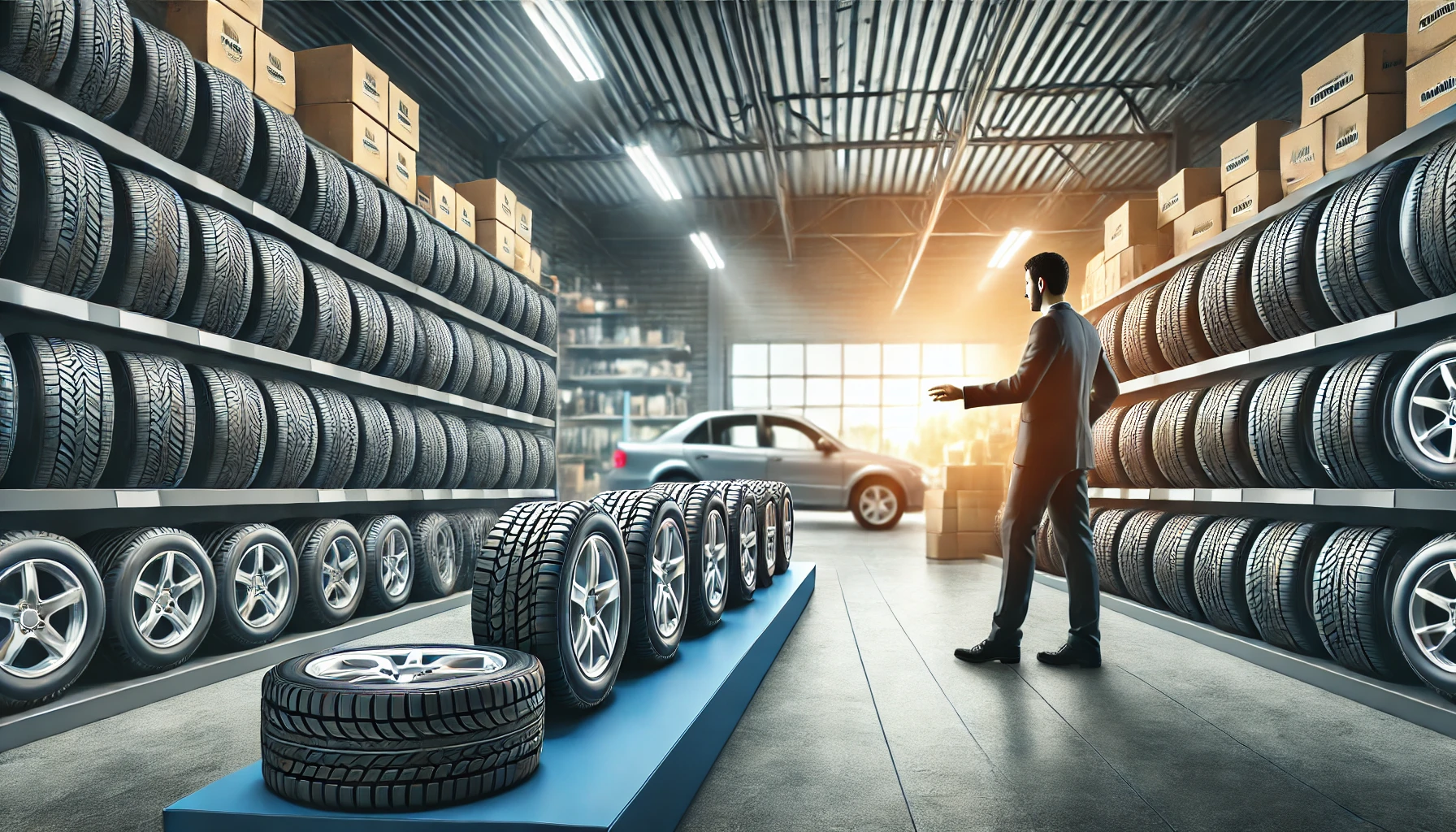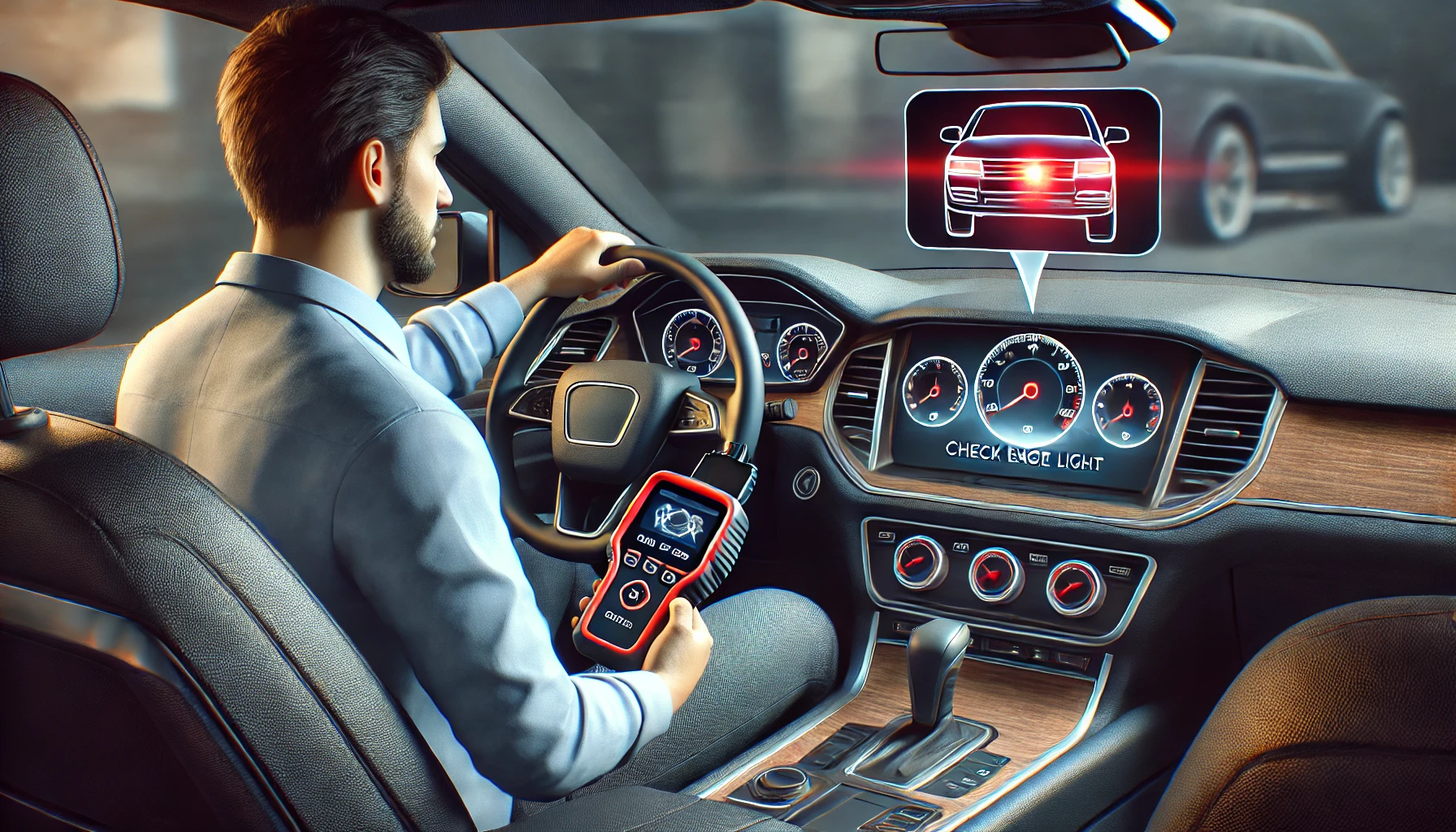Keeping your car in top condition isn’t just about avoiding breakdowns—it’s also about saving money in the long run. Preventive maintenance ensures that small issues don’t turn into costly repairs and helps extend the lifespan of your vehicle. In this guide, we’ll cover essential steps to keep your car running smoothly and avoid unexpected expenses.
Why Preventive Maintenance Matters
Many car owners only take their vehicles to the mechanic when something goes wrong. However, waiting until a breakdown occurs often leads to expensive repairs. Preventive maintenance helps:
- Increase the car’s lifespan
- Improve fuel efficiency
- Enhance safety on the road
- Maintain the car’s resale value
- Reduce overall repair costs
By following a routine maintenance schedule, you can catch potential problems before they become serious.
Essential Preventive Maintenance Steps
1. Regularly Check and Change Engine Oil
Oil lubricates the engine, reducing friction and preventing overheating. Old or dirty oil can cause engine wear and increase fuel consumption.
How often?
- Check the oil level at least once a month
- Change the oil every 5,000 to 7,500 miles (or as recommended in your owner’s manual)
Tip: Always use the recommended oil type for your car, whether synthetic or conventional.
2. Inspect and Maintain the Tires
Your car’s tires are the only point of contact with the road, so they need to be in excellent condition.
What to check?
- Tire pressure: Check monthly and before long trips
- Tread depth: If the tread is worn down to 2/32 of an inch (1.6 mm), it’s time to replace the tires
- Alignment and balance: Get them checked if you notice uneven wear or steering issues
Tip: Properly inflated tires improve fuel efficiency and reduce the risk of blowouts.
3. Replace Air Filters Regularly
Air filters prevent dirt and debris from entering your engine and cabin. A clogged filter reduces engine performance and air quality inside the car.
When to replace?
- Engine air filter: Every 15,000 to 30,000 miles
- Cabin air filter: Every 12,000 to 15,000 miles
Tip: If you drive in dusty conditions, replace filters more frequently.
4. Check the Battery and Electrical System
A weak or dead battery can leave you stranded. Keep an eye on battery health to avoid unexpected failures.
How to maintain your battery?
- Clean battery terminals to prevent corrosion
- Test battery charge every 6 months
- Replace the battery every 3 to 5 years
Tip: If your car struggles to start or the lights flicker, get the battery checked immediately.
5. Monitor the Brake System
Brakes are critical for safety. Worn-out brake pads can damage the rotors and lead to expensive repairs.
Signs your brakes need attention:
- Squeaking or grinding noises
- Vibration when braking
- Soft or spongy brake pedal
Tip: Have your brakes inspected every 10,000 to 15,000 miles, or if you notice performance changes.
6. Keep Fluids at Optimal Levels
Fluids are the lifeblood of your car’s systems. Low or dirty fluids can cause serious damage.
Essential fluids to check:
- Coolant: Prevents overheating; check levels every month
- Transmission fluid: Ensures smooth shifting; check every 30,000 to 60,000 miles
- Brake fluid: Affects stopping power; replace every 2 years
- Power steering fluid: Affects steering response; check regularly
Tip: Check for fluid leaks under your car to catch issues early.
7. Inspect Belts and Hoses
Belts and hoses play a crucial role in your engine’s operation. Cracked or worn belts can break unexpectedly, leading to engine failure.
How to check?
- Look for cracks or fraying in belts
- Check hoses for leaks or swelling
- Replace worn belts and hoses every 60,000 to 100,000 miles
Tip: Listen for squealing noises from the engine—this can indicate a loose or worn belt.
8. Maintain the Cooling System
The cooling system prevents your engine from overheating. Overheating can lead to severe engine damage.
How to maintain it?
- Check coolant levels regularly
- Flush and replace coolant every 30,000 miles
- Inspect the radiator and hoses for leaks
Tip: Never open the radiator cap when the engine is hot—it can cause burns.
9. Test the Lights and Wipers
Lights and wipers are essential for visibility, especially in bad weather.
Regular checks:
- Headlights, brake lights, and turn signals should all be functioning properly
- Replace wiper blades every 6 to 12 months
- Keep windshield washer fluid topped up
Tip: If your headlights look dim, clean or replace them for better visibility at night.
10. Follow the Manufacturer’s Maintenance Schedule
Every car has a maintenance schedule provided by the manufacturer. Following this guide ensures you keep up with important service intervals.
Where to find it?
- Your owner’s manual
- The manufacturer’s website
- A trusted mechanic
Tip: Stick to the schedule to maintain your car’s warranty and performance.
Final Thoughts: A Well-Maintained Car Saves You Money
Preventive car maintenance may seem like an extra expense, but it actually helps you avoid costly repairs down the road. By regularly checking your oil, tires, brakes, fluids, and other key components, you ensure that your vehicle remains reliable and efficient.
Stay on top of these maintenance tips, and you’ll not only extend your car’s life but also drive with confidence, knowing you’ve reduced the risk of unexpected breakdowns.


